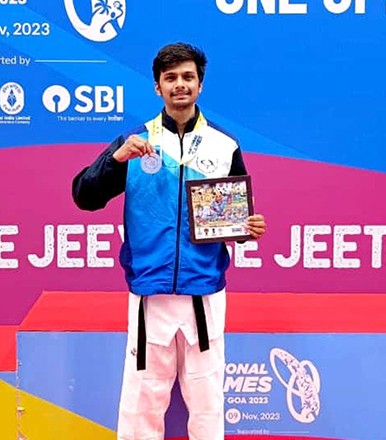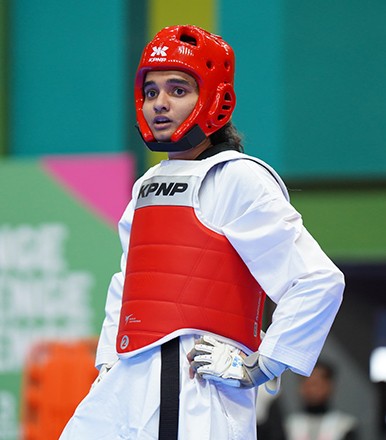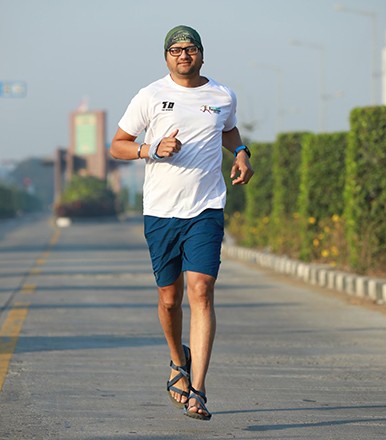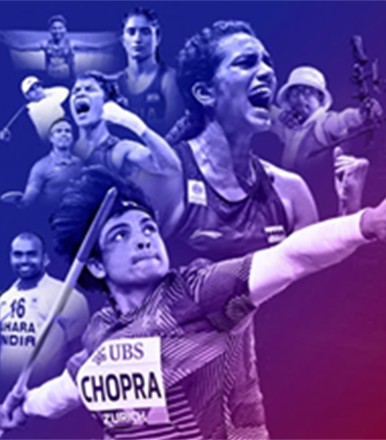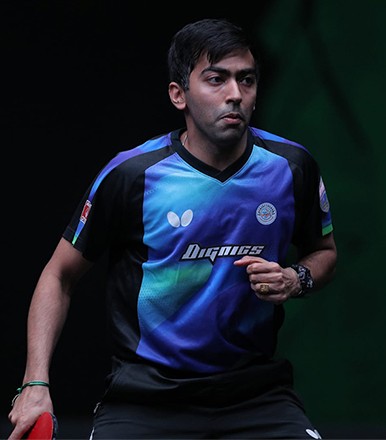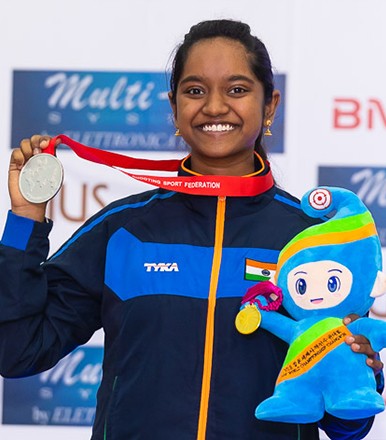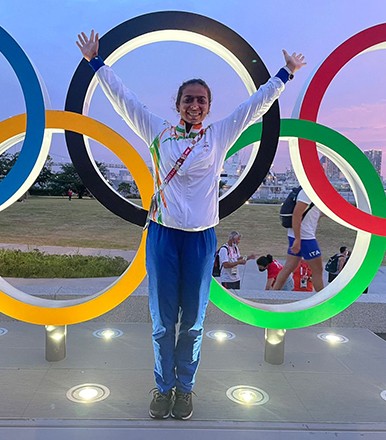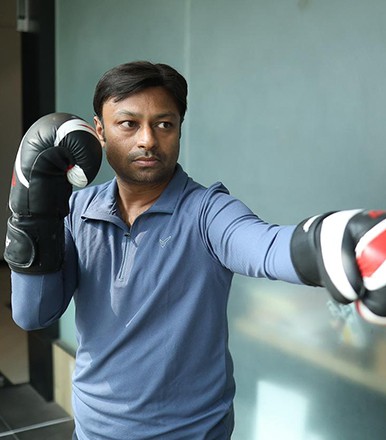Welcome back, Joggernauts, to another article dedicated to your running regime. We hope that your journey as a runner is going smoothly. To make it more exciting, we are here with something that will make running more impactful for you.
This article will delve into a specific and often overlooked aspect of running: slow running. Understanding that running isn’t just about speed and distance is important. It is more about consistency, enjoyment, and, most importantly, health.
Hence, keeping all of this in mind, we decided to speak with seasoned marathon runner Dr Ashish Kapadia to uncover the benefits of slow running and understand how it can transform one's approach to fitness.
First Step to Embracing the Journey
When we began our conversation with Dr Kapadia, the first question we threw in his direction was, how can beginners embrace the running journey?
He responded with a smile, “For beginners, the key is to ditch the pressure and focus on making running a sustainable habit. Start with a walk-run combination, alternating between walking and short bursts of running.”
He further added that running is an impact activity that can leave a permanent effect on the joints. Therefore, starting slow is important as it helps build aerobic capacity and strengthens your heart and lungs for those long runs you want to perform somewhere down the journey.
What is Slow running?
Everyone has their version of what is fast and slow in running. Hence, slow running becomes subjective, as the slow pace of a seasoned runner might feel like a breeze to a beginner. To counter this problem, it’s important to understand the heart rate zone method used to analyze a runner’s pace. It is a scientific and effective method.
This method divides the running criteria into Green, Yellow, and red categories. Ashish explains, “The green zone means you can speak the whole sentence while running.” Also known as the aerobic zone, it allows you to spend most of your time running, especially when you’re a beginner.
In the yellow zone, you have to take a break between your sentences. This zone pushes you a bit harder, but running remains manageable. It might be challenging, but it is comfortable enough to be maintained for a longer period.
The red and final zone is also known as the high-intensity zone. Here, you work at your maximum effort. It’s used for interval training, sprints, and high-intensity workouts to increase speed, power, and anaerobic capacity.
Therefore the green zone is the most appropriate for those looking for slow running. Staying in this zone ensures that your runs are long, yet manageable and enjoyable. Furthermore, it promotes consistency and reduces the risk of burnout and injuries.
Benefits of Slow Runs
Slow running has been branded as not intense enough to impact your body. But that is not a fact at all. Many have underestimated its power!
This form of running taps into your aerobic zone, which “burns more calories and helps to reduce weight.” Furthermore, it helps beginners season their joints, muscles, and ligaments. In the long run, this will help prevent or decrease the risk of injury.
Another major benefit of slow running is that it allows you to clear your head and destress. Just the act of getting out of your room will help you get out of your head as well.
Last but not least, there is just the fun of running. Slow running is manageable, so it’s enjoyable as well. This applies to every category of runner.
Let’s face it: some days, your body doesn’t want to get out of that couch/bed to train. That is when slow running can be a game changer, as it requires less effort and helps you.
Shifting gears: learning the slow run
For many people who started running out of passion and got used to pushing the pace, dropping that speed can be a task. However, if you are willing to adapt to slow running, Dr Kapadia has some techniques for you as well.
The first is the heart rate method, which we discussed above. The second is power-based training. Both these methods follow the 80/20 rule. If you’re preparing for a marathon, 80% of your total run should be at a slow pace, while the remainder of your 20% runs should be fast-paced runs in intervals, fartleks (speed play), and threshold runs that will improve your fitness.
Slow running isn’t just about the miles but the journey. Focus on running for your overall health and well-being, not just to conquer a marathon. To keep things interesting, “explore new routes – hit the trails, embrace the beach, or conquer a local hill. Join a running group for support, motivation, and shared experiences.”
And hey, a little retail therapy never hurt anyone! Treat yourself to some new running clothes, a fitness tracker, or a GPS watch to add a touch of excitement to your runs. Remember, “slow running is about enjoying the process, not the pace, especially when building a lifelong love of running.”
Ashish Kapadiya is a skilled physical therapist and an accomplished endurance athlete with a passion for running. With over 22 full marathons, numerous ultra-distance races, including the IRONMAN 70.3, and experience as a race director, Ashish’s expertise in long-distance running is exceptional. His achievements and professional insight make him a trusted authority on the benefits of slow running.





